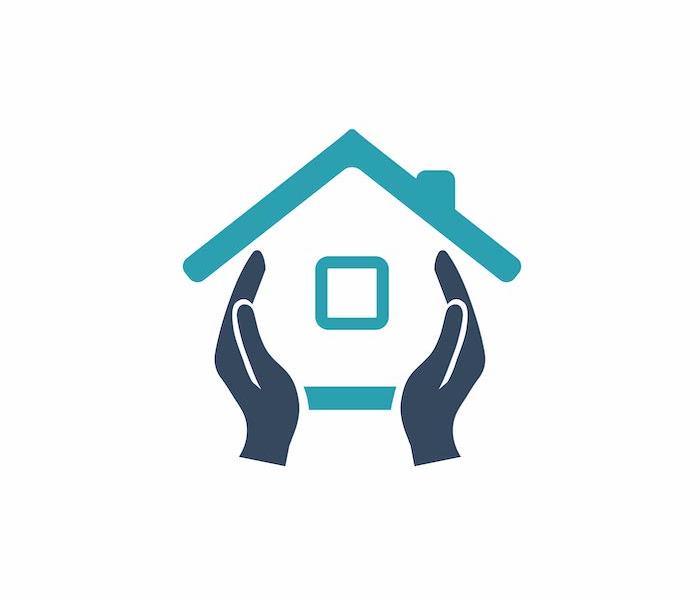What Is the Best Way to Mitigate Water Damage in North Dallas Homes If It Affects Wooden Items?
9/16/2020 (Permalink)
SERVPRO Avails Resources that Match the Unique Problems that Arise After Water Damage.
If you have taken time to think of the materials in the structure and contents of your home, you have noticed that a significant percentage are made of wood and its derivatives. Therefore, any water intrusion at your North Dallas home is likely to affect a considerable percentage of wooden materials, which can result in a variety of problems, including rotting, stains, and swelling, among others.
What determines the level of water damage when my Northern Dallas home is exposed?
A variety of issues can influence the outcome of a water intrusion incident. How the water reaches the materials in question is one such factor. The common ways our SERVPRO technicians have observed water interacting with materials over the years include:
- Topical application
- Wicking through the materials
- Gravity aided flow
Topical applications, such as when fire suppression sprinklers spray jets of water on materials, might cause minimal penetration if remedial actions such as extraction or blotting with towels are taken immediately. Water flows through gravity forces when a leak originates in an elevated area. For instance, after a leak in an upper level of your house, the water would flow to the ground level areas, thus spreading wetness over large areas. However, the motion involved can limit the amount of moisture that wooden materials absorb since they are mostly semi-porous. Finally, moisture-wicking through materials takes time to spread. However, severe damage is more likely since the affected materials are saturated to the core.
How easy is it to establish the type of damages caused by water intrusion?
Although you might have an idea what damage to expect based on the level of water intrusion, estimating that level of intrusion in wooden items might not be easy. One common way to check moisture levels in materials is by using scan type moisture meters, which simplifies the process of tracing moisture spread patterns around your property. However, such tools may be less productive when dealing with wooden materials since they sense moisture up to a depth of around 3/4 to 1 inch.
If you fail to get an accurate picture of the situation, you are not likely to take the correct steps to mitigate the situation. For instance, your drying efforts might not remove all traces of excess moisture in a block of wood. Alternatively, it might take longer than you expect to normalize the moisture content. Both scenarios can lead to secondary issues such as mold development. Our SERVPRO technicians use other tools such as pin-type moisture meters and thermal cameras when taking moisture readings to confirm the results we get from non-penetrative moisture meters.
What other challenges does wood present apart from moisture detection issues?
- Barriers such as paint and wallpaper hindering smooth drying
- False negatives when checking moisture in plywood because of adhesives
- The need to use different drying procedures at different stages
- Hardwood flooring underlayment interfering with drying
After establishing the level of wetness in wooden materials, steps such as improving the evaporation rate should help restore the standard 10% moisture content levels. However, if the materials have a finish such as paint or wallpaper, you are not likely to get the results you expect. Such finishes act as vapor barriers interfering with drying procedures. Our SERVPRO crews can help by using specialized tools such as perforation rollers to break the barriers. In case the material is part of a wall or other assembly, we can open up the area so that we can access parts of the materials unaffected by the barriers and thus perform drying as usual.
Restoring materials such as wet wooden floorboards requires different drying procedures to guarantee the right outcome. After extracting any water pooling on the floor surface, our technicians switch to drying mats to bring down the moisture levels. However, once the moisture content reaches 14%, using drying mats is no longer tenable because fiber structure damage can happen. An alternative drying method, such as using drying chambers, is desirable since it prevents excessive shrinking of the material. Drying chambers can help provide precise drying for various items. For the wooden floors, our SERVPRO technicians create the chamber by attaching a plastic sheet over the wet floor and then circulating dehumidified air inside the tented area.
Although there is no single approach that can resolve all water damage issues, a resourceful team can help you overcome all problems. Call SERVPRO of Northwest Dallas at (214) 361-7887. We’re Faster To Any Size Disaster.





 24/7 Emergency Service
24/7 Emergency Service